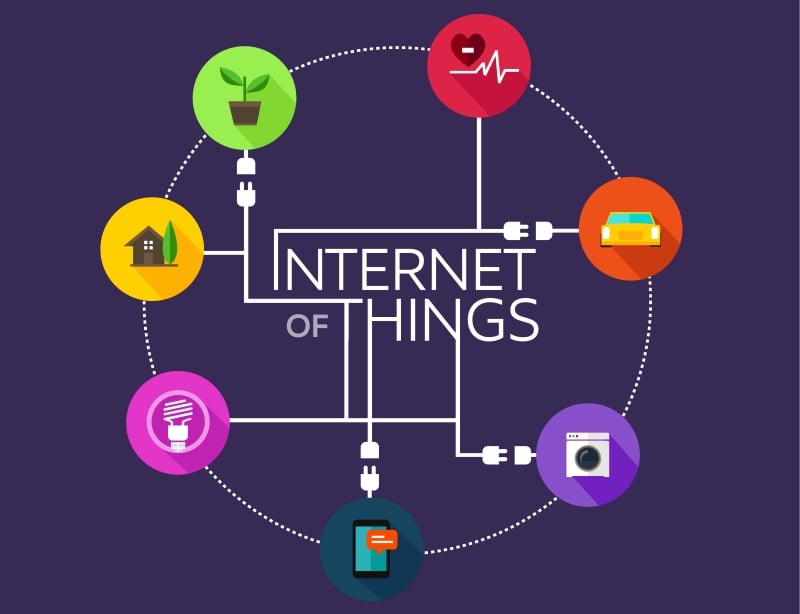What Organizations Should Know When Implementing IoT Projects

With more than 24 billion Internet of Things (IoT) devices estimated to hit the market by 2020 and spending on IoT solutions over the next five years to reach nearly $6 trillion, organizations cannot afford not to start preparing for adoption.
Organizations need to start focusing on specific use cases with measurable return-on-investment before implementing their first IoT project. This will not only help them understand their customers, but also streamline operations and reduce costs.
While infrastructures also need to be ready to support the bandwidth needs of network-connected IoT devices, there’s also the issue of network security. IoT devices can be used as beachheads for launching network attacks in an organization, and as infection vectors.
Data-driven decisions have always been at the core of organizations, hence an IoT adoption strategy will significantly boost customer experience, and open up new business models that lead to new revenue streams. Operational efficiency will ultimately create richer customer experiences and even new products and services.
Main inhibitors for adopting IoT include implementing security and the complexity of challenges in configuring network infrastructures. While navigating these risks can be challenging even for large or mature organizations, most also lack executive ownership over IoT.
One of the first steps that enterprises should take when implementing their first IoT project is to adopt a security-by-design approach, as it allows them to minimize security risks of privacy and security breaches. Since no IoT securityframework or even standards yet exist that allow IT departments to manage machine-to-machine (M2M) communication, the main challenges will be to both enforce secure communication between IoTs and manage them from a single and centralized security information and event management environment, much as organizations currently handle BYOD.
Privacy and security risks related to IoT can both be minimized with standardizations and security best practices built-in and enforced by organizations.
IoT ubiquity will not only mean placing more security controls in place, but also including them in the security lifecycle of the company. While the rewards of supporting IoT in organizations have yet to be fully explored, companies cannot afford to not be prepared for full-blown IoT market penetration within the next couple of years.
tags
Author

Liviu Arsene is a Global Cybersecurity Researcher for Bitdefender, with a strong background in security and technology. Researching global trends and developments in cybersecurity, he focuses on advanced persistent threats and security incidents while assessing their impact in critical public and private business infrastructures. His passions revolve around innovative technologies and gadgets, focusing on their security applications and long-term strategic impact.
View all postsRight now Top posts
FOLLOW US ON SOCIAL MEDIA
SUBSCRIBE TO OUR NEWSLETTER
Don’t miss out on exclusive content and exciting announcements!
You might also like
Bookmarks











